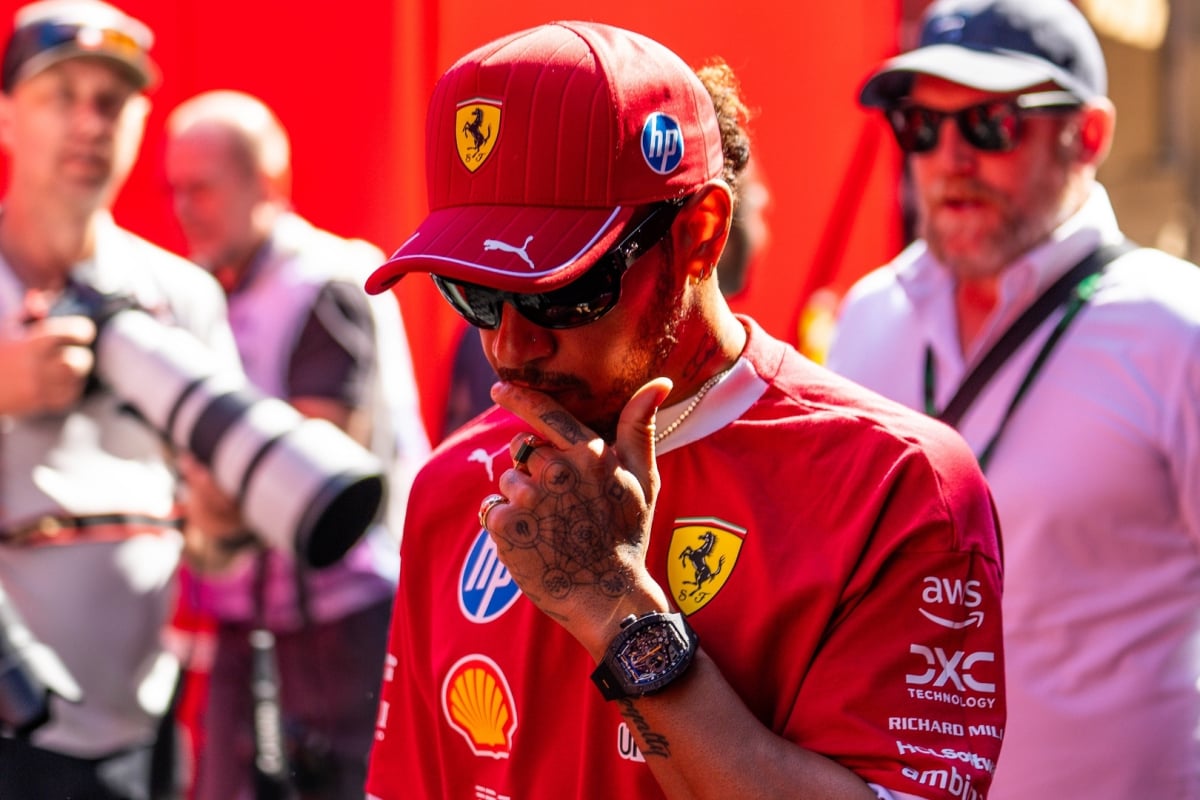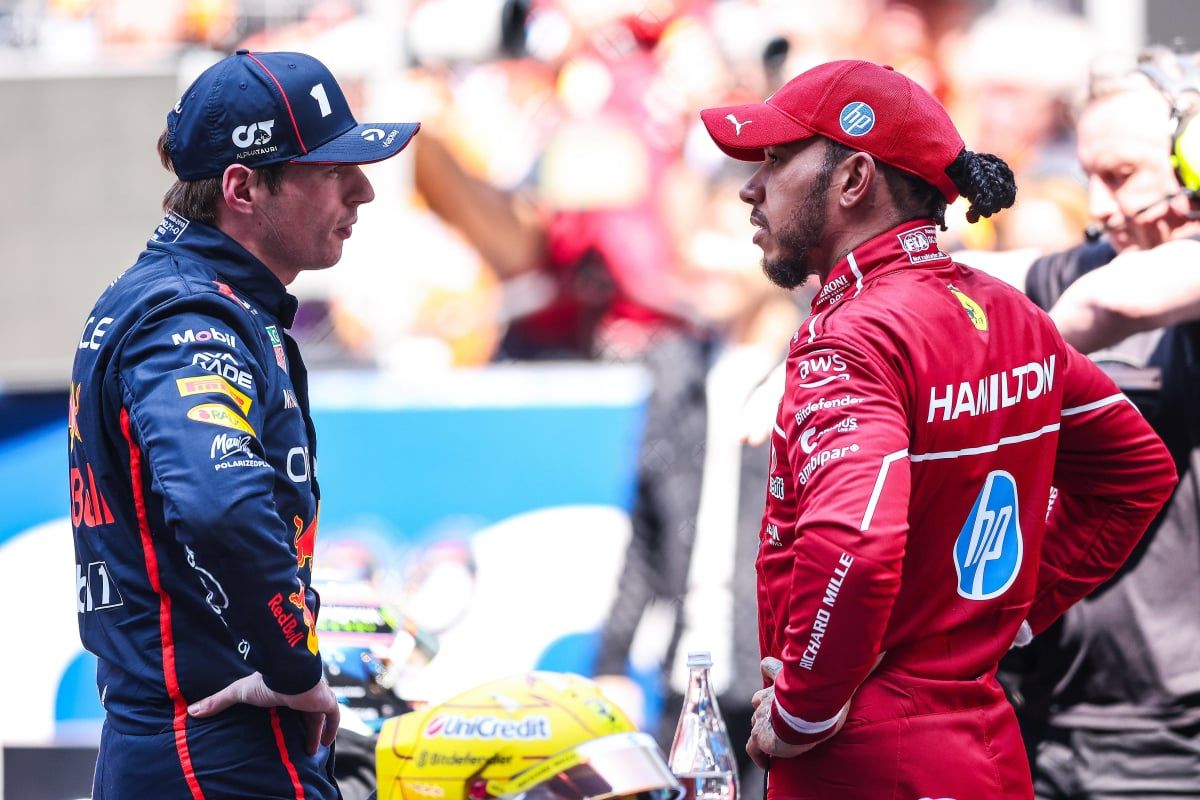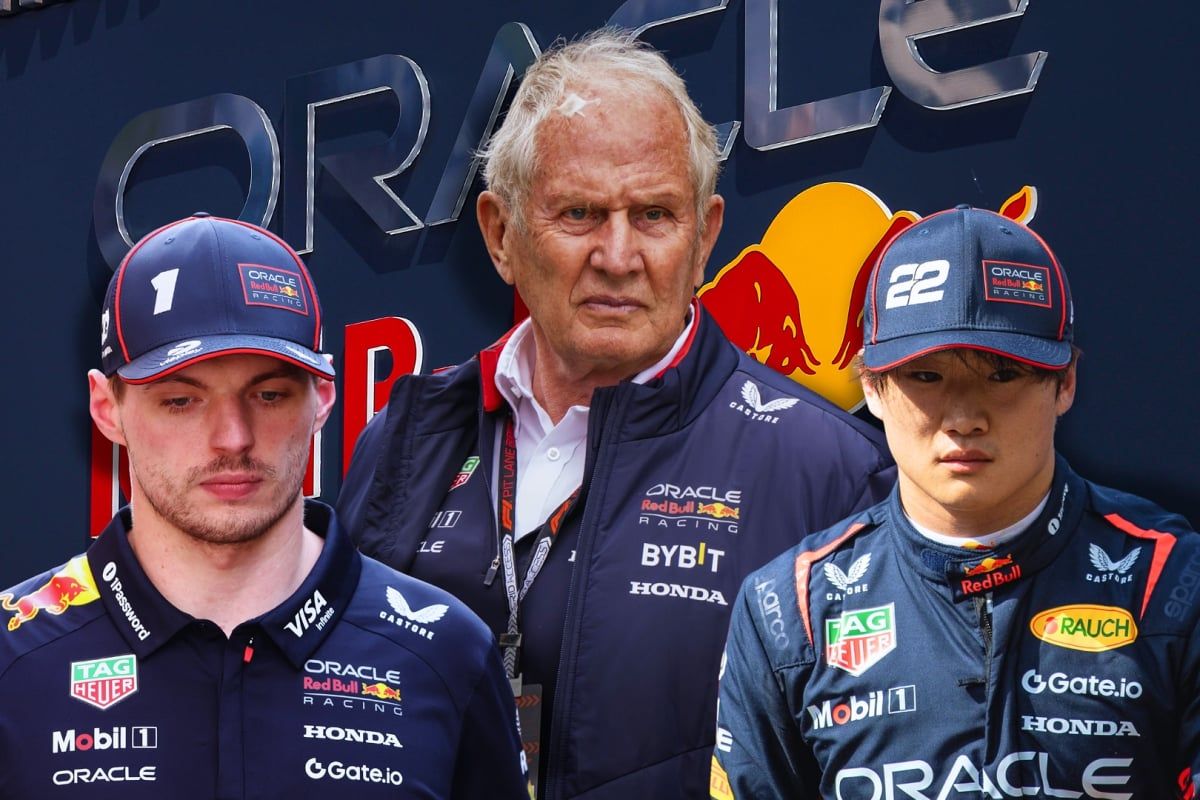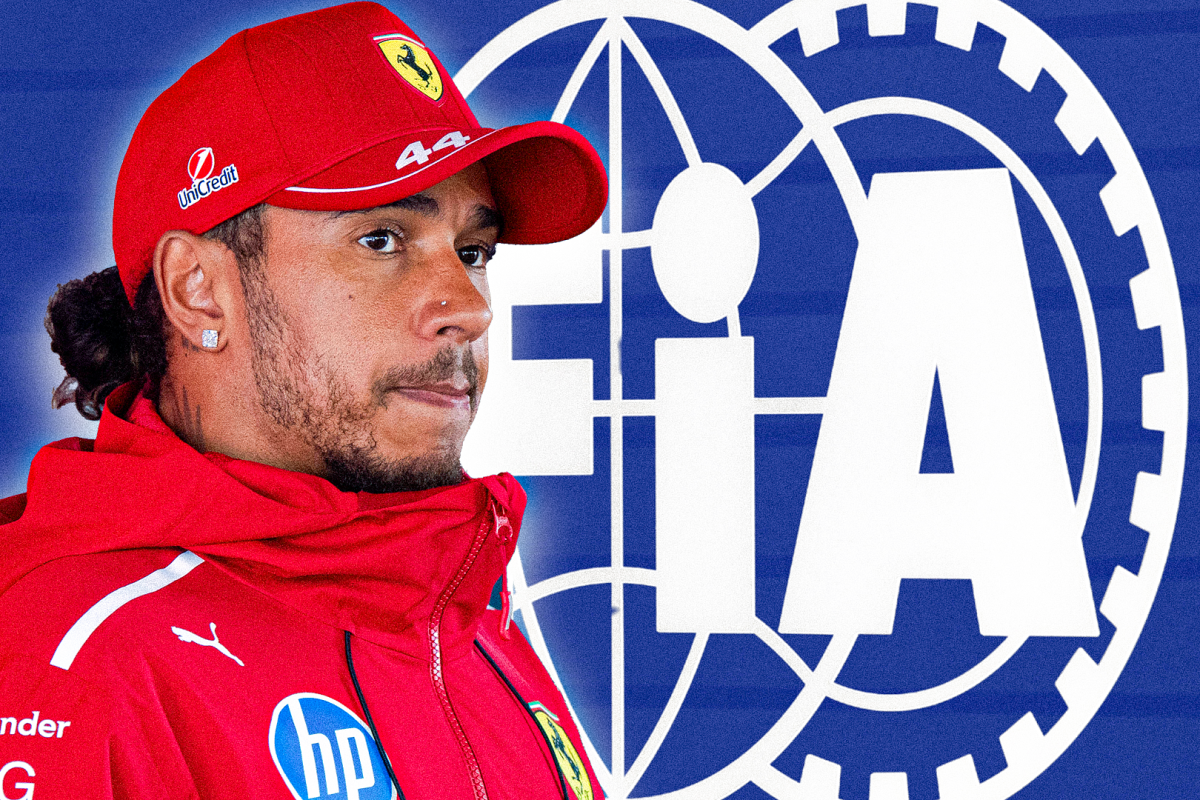Hamilton’s Hopes Disrupted by Groundhog Mayhem in Montreal
In an extraordinary and unexpected turn of events at the Canadian Grand Prix, Lewis Hamilton’s pursuit of a podium finish was abruptly compromised—by none other than a groundhog. What began as a hopeful drive through Montreal’s Circuit Gilles Villeneuve quickly transformed into a bizarre wildlife encounter that dramatically altered the course of Hamilton’s race.
A Strong Start Derails Early
Starting from fifth on the grid after a strong qualifying session, Hamilton was poised to contend with the frontrunners. Confidence was high in the Mercedes garage, with Hamilton looking sharp and determined to challenge the likes of Oscar Piastri and Charles Leclerc. However, just laps into the race, an unpredictable hazard emerged on the track: a groundhog darted across the circuit, directly into Hamilton’s path.
The collision was both sudden and damaging. Though Hamilton managed to stay in the race, the impact caused substantial damage to his car’s floor and aerodynamic components—critical elements in a high-performance Formula 1 vehicle. Almost immediately, his pace dropped, and his handling began to deteriorate, making it difficult to stay competitive.
Mounting Troubles and Tactical Missteps
As the race continued, the damage proved to be more than cosmetic. Hamilton struggled with stability and braking, which significantly hindered his ability to maintain pace. His team attempted to mitigate the situation with a revised pit stop strategy, but the adjustments couldn’t fully compensate for the aerodynamic loss. Mercedes team principal Toto Wolff described the situation as “a compounding series of setbacks from a completely unforeseeable incident.”
Hamilton’s own post-race comments were a mixture of frustration and remorse. “I lost a lot of downforce—at least half a second per lap,” he noted. “We tried to manage, but it wasn’t easy. I love animals, so hitting one like that… it’s just heartbreaking.”
Persistence in the Face of Adversity
Despite the setbacks, Hamilton showcased his trademark determination. Fighting through diminished performance and strategic complications, he clawed his way back into a respectable sixth-place finish. While it was a far cry from his original ambitions, the result was seen by many as a victory of resilience over misfortune.
The emotional toll of the incident was evident. Known for his passion for animal welfare, Hamilton was visibly upset about the death of the groundhog. The tragedy added a layer of emotional complexity to what was already a professionally frustrating afternoon.
Team Reaction and Moving Forward
Ferrari’s team principal Fred Vasseur, whose comments humorously echoed the surreal nature of the event, estimated that Hamilton’s car lost about 20 aerodynamic points—enough to cost half a second per lap. “We’ll have to send flowers to the groundhog,” Vasseur joked, acknowledging the unlikely but significant disruption the animal had caused.
Both Mercedes and Hamilton aim to move forward, using the lessons of Montreal to better anticipate and respond to race-day anomalies. As the Formula 1 season continues, the bizarre episode serves as a reminder that in motorsport, unpredictability isn’t limited to tire degradation or mechanical failures—sometimes, it quite literally comes from nature.
An Odd Chapter in a Storied Career
This unusual encounter will likely go down as one of the most bizarre moments in Lewis Hamilton’s illustrious F1 career. But even in adversity, his grace, resilience, and compassion shone through. As he sets his sights on the next Grand Prix, fans and teams alike will be watching closely—knowing that even the best-laid race plans can be upended by the most unexpected of visitors.




